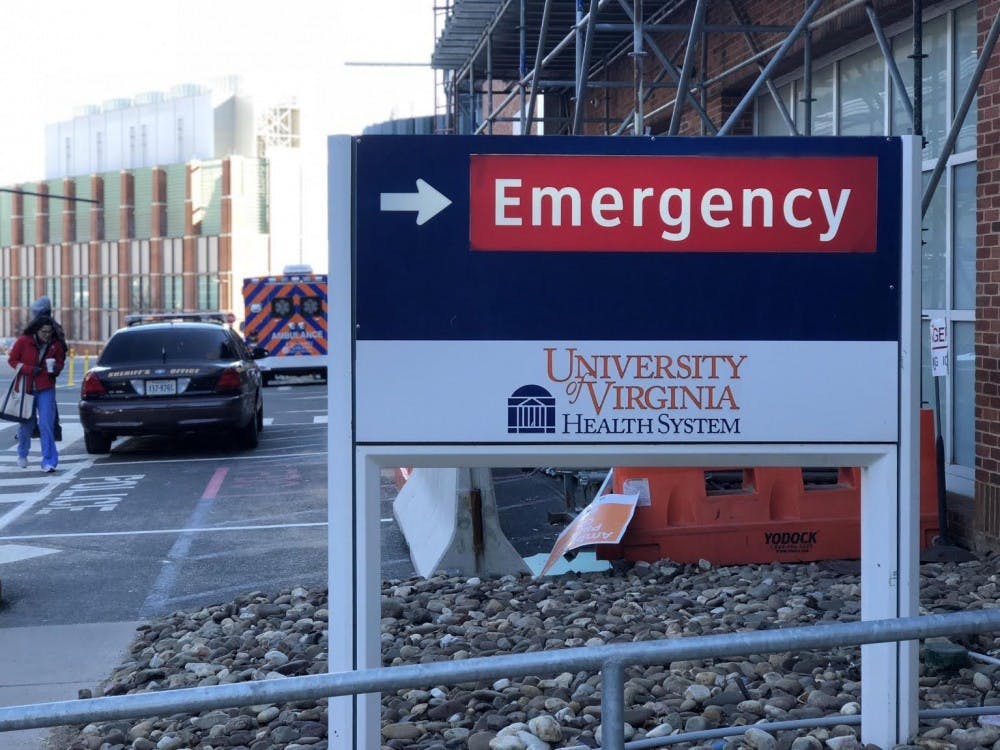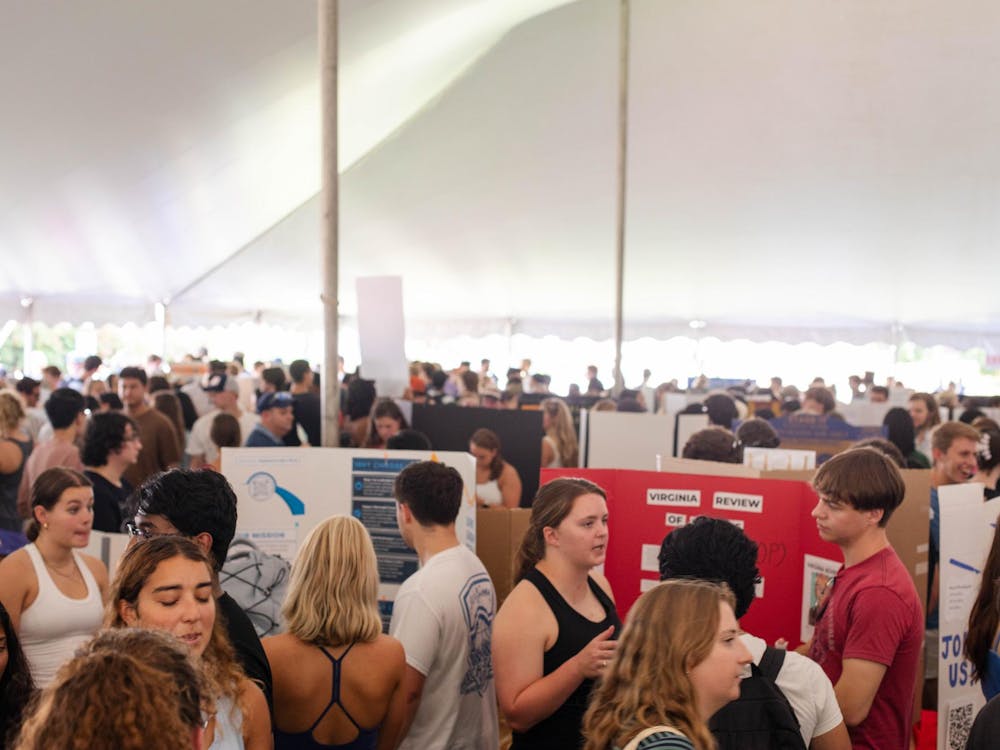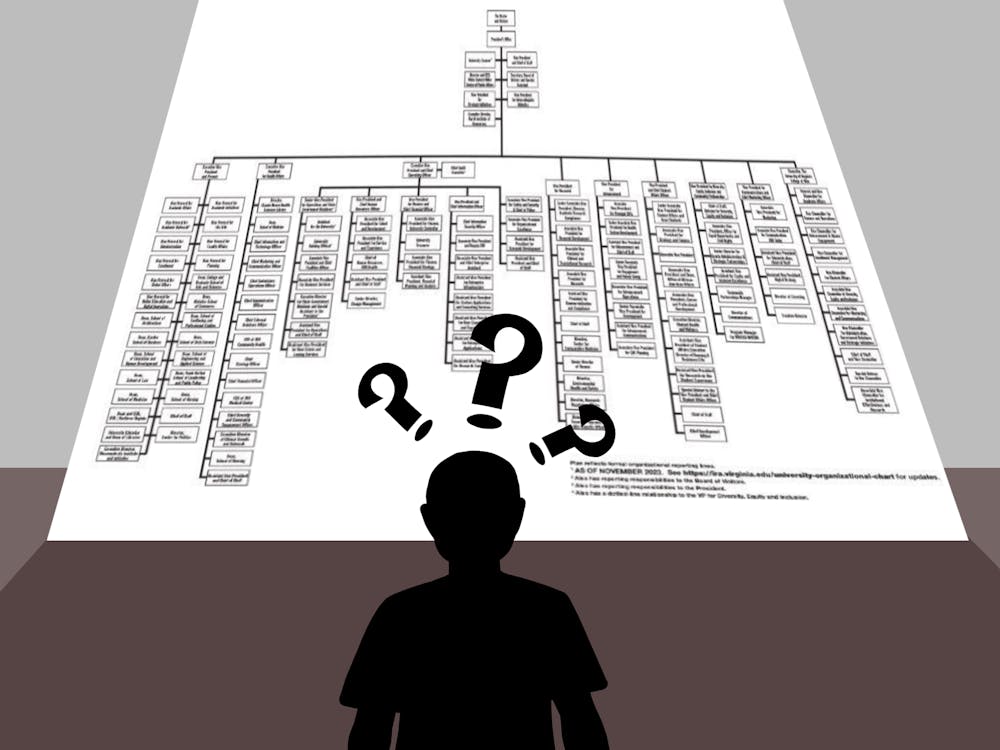Healthcare has been a source of controversy in the United States for many years. This divisive conversation initially emerged in the late twentieth century under the Clinton administration, but has recently intensified with the passage of the Affordable Care Act. Unfortunately, despite the attention the issue has received, affordable and accessible medical care has remained out of reach for many American families.
Since 2012, premiums for insured citizens have increased by 19 percent — reaching a staggering average of around $7,000 for individual coverage and around $19,000 for family coverage. The origins of this mounting medical crisis are varied, widely debated and oftentimes barely comprehensible. An aging U.S. population, an arguably convoluted system of semi-socialized, semi-private health insurance and mixed signals from politicians regarding the future of medical care just begin to skim the surface of underlying causes for price spikes.
A significant contributor to the recent rise of healthcare expenses is the swelling costs associated with emergency room visits. Although total trips to the ER are actually dropping, the price of fees rose 89 percent between 2009 and 2015. Moreover — people are forced to pay exorbitant prices for minimal treatment when emergency rooms are their only option.
Student Health — the University’s primary healthcare option for students — is closed on weekends. Though there exists a service number run by Student Health that can assist with some problems, for more serious issues the ER can be the only option over the weekend. This status quo poses a significant economic and medical risk to students who are discouraged to seek necessary medical attention due to its high cost.
Hidden fees in emergency medical bills are becoming increasingly familiar to Americans across the country. Upon arrival at an emergency room, patients are rarely informed of the cost of their care ahead of time. This lack of awareness combined with increasing anxieties surrounding escalating fees either discourages people from seeking care or leaves them worrying about a potentially life-altering bill following care.
While logistical reasons often prevent doctors from estimating the cost of medical attention before it is given, the hidden costs are rarely in the care received but rather in something known as a facility fee — a charge for the venue of your treatment instead of the treatment itself. Depending on their insurance plan, patients can be saddled with the full cost of the facility fee and their medical care.
These debts arise from hospitals’ recognition that emergency rooms — particularly on weekends — are often the only option for patients seeking immediate care. In many situations, an ER’s singular control over healthcare empowers hospitals to charge fees disproportionate to services provided. A few notable examples include a child’s family charged with $629 for a bandaid, a man billed $2,426.34 for a muscle relaxant and the potential fee of up to $73,002 for a urinary tract infection.
Whether the rises in fees are due to unfair price manipulation by individual hospitals and medical professionals or simply marks the changing tide in U.S. healthcare remains uncertain. Many hospitals justify the added expense, explaining that an aging populace is bound to require pricier emergency care. Moreover, the entire state of health insurance continues to be uncertain leading to a rise in healthcare costs across the board. However, outrageous fees for routine procedures have no adequate explanation aside from a simple absence of transparency between ERs and patients. The ever-increasing fees put some of the most vulnerable of the U.S. population at risk. While the $1,917 average emergency medical bill may not gravely impact a certain percentage of earners, to others it represents a major fraction of their yearly income.
To students at the University and Charlottesville residents in particular, the singular availability of the U.Va. Emergency Department on the weekends warrants significant concern. Charlottesville and Albemarle county in particular face some of the highest healthcare premiums nationwide — a problem aggravated initially by the passage of the ACA in 2010 and heightened by growing uncertainty over the government’s role in healthcare. Some families saw a rise in their premiums of up to 300 percent. Students and community members alike confront these mounting costs when in need of immediate care on weekends. The extreme costs associated with emergency care discourage students from seeking medical attention if they are uncertain of the severity of their condition. This deterrent effect presents a notable threat to University students — who are likely to abuse drugs and alcohol in higher numbers than the mainstream population.
Because Student Health presents itself as the primary healthcare option to University students, it must increase accessibility to give students real options during off-hours. To students and many Americans, a $2,000 expense for medical care is wholly impractical. Emergency Care units in Charlottesville and across the country have a pressing moral obligation to increase transparency and modify their system of diagnosis in a way that encourages patients to seek treatment when necessary.
Charlotte Lawson is an Opinion Columnist for The Cavalier Daily. She can be reached at opinion@cavalierdaily.com.





